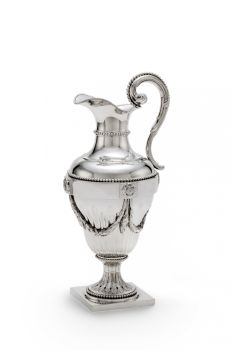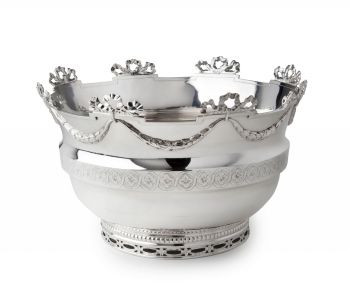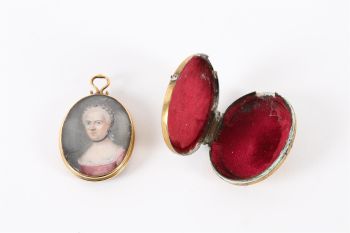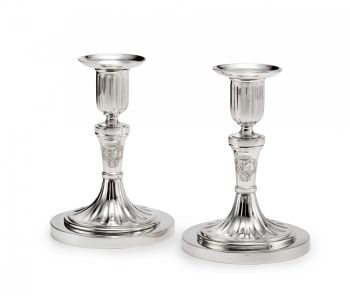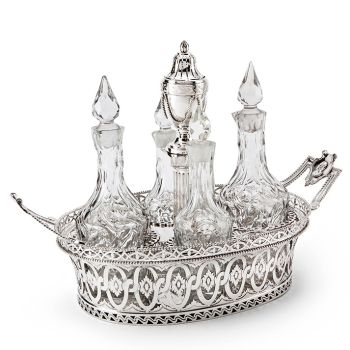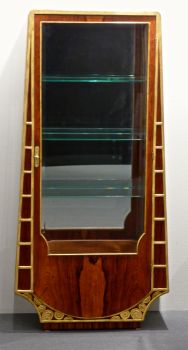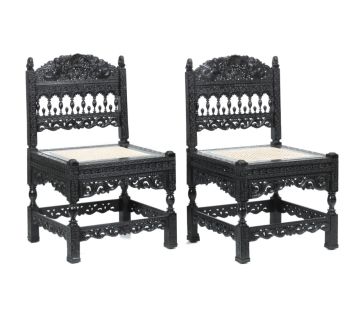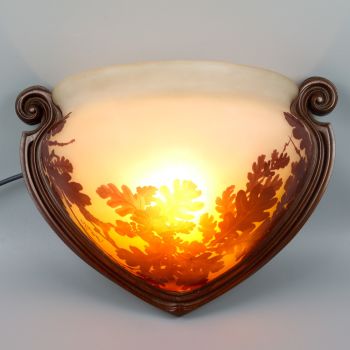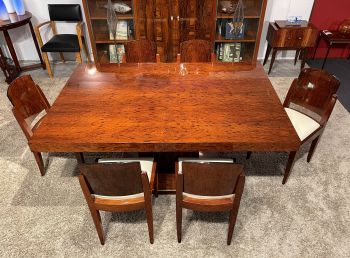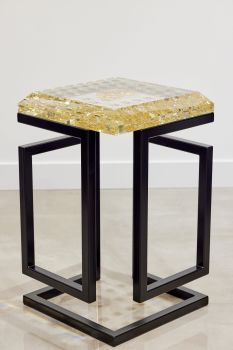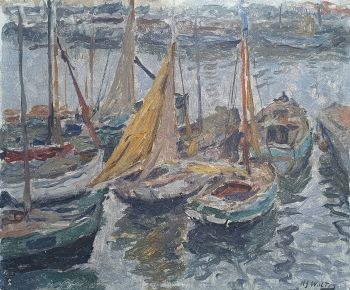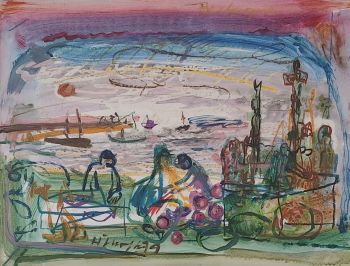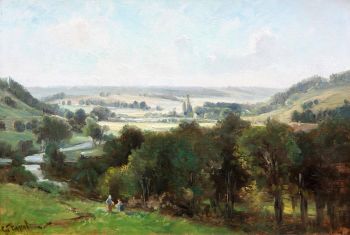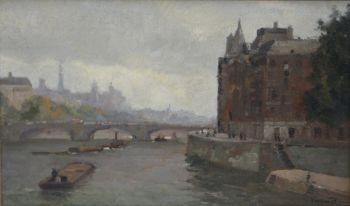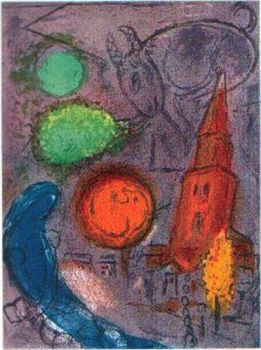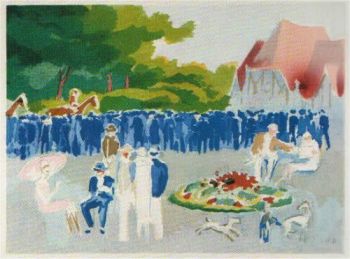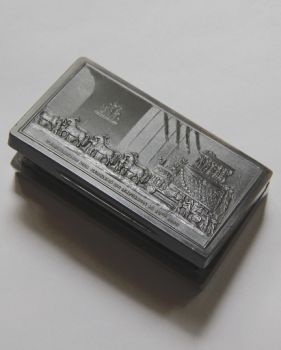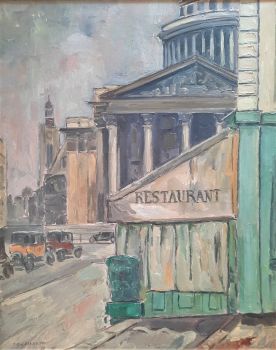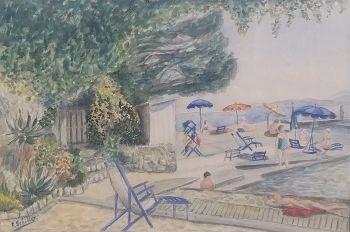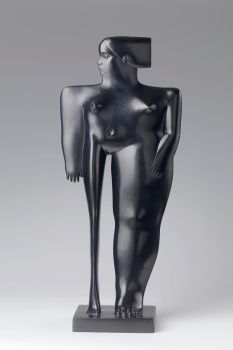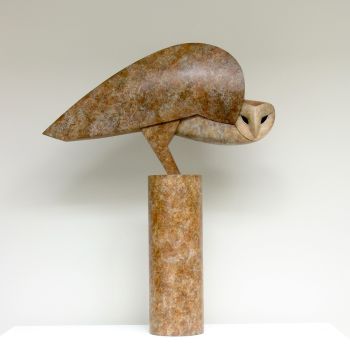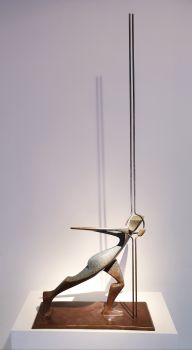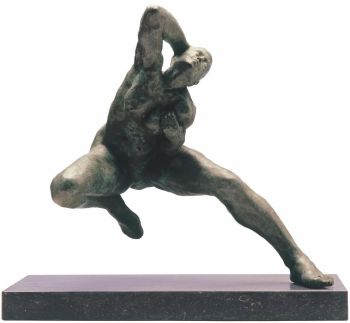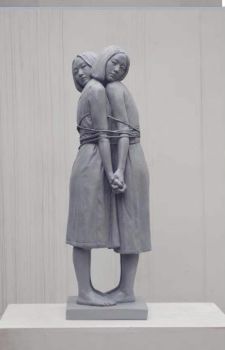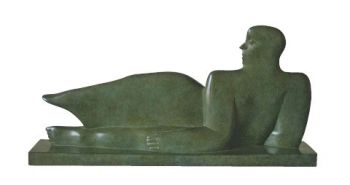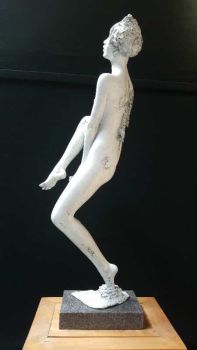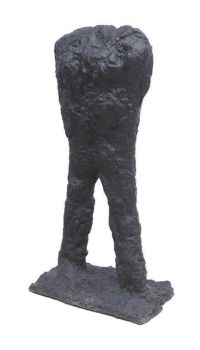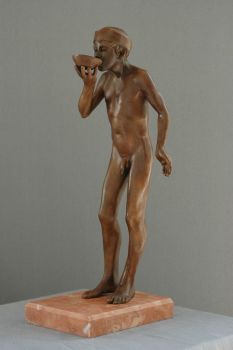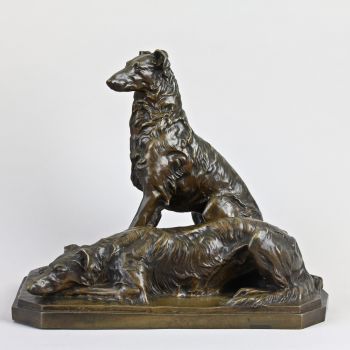French Skeleton Clock with Full Calendar 1792 - 1797
Laurent Ridel
MarbleStoneBronzeMetalEnamel
53 ⨯ 28 ⨯ 14 cm
Currently unavailable via Gallerease
- About the artworkA French skeleton clock with calendar indicating days, symbols of days, months, seasons, mooncalendar, date, hours, minutes and seconds.
The clock has a 15-day going train with pinwheel escapement. The striking train strikes on the hour and half hour.
The white marble base rests on six adjustable feet and is decorated on the front with a fire-gilt bronze relief of playing putti in the style of Clodion. With an arched construction the clock stands on four white marble columns.
The entire clock is lavishly decorated with blue and white enamel. The enamel is signed by the famous Joseph Coteau (1740-1812). Coteau was one of the important enamellers of his time and manufactured many clock decorations. Coteau, born in Geneva, becomes a master enameller in 1766 at the académy de Saint Luc. He settles on the Parisien rue Poupée in 1772 and soon acquires a reputation as gifted miniaturist. He develops a better method to apply gold to porcelain in association with the manufacture de Sèvres. For the same company he also designs objects decorated with faux jewelry. After the ban on the guilds in 1791 the enamellers are allowed to sell their work without the intervention or mentioning of clockmakers.
This clock is signed on a cartouche below the main dial: Ridel à Paris. Laurent Ridel worked in Paris from 1789 to 1800. Ridel also belonged to the top of his trade and only worked with cases of the highest quality manufactured by Lemoyne, Feuchères, Denière, Mathelin, and Deverberie. The enamel usually came from Coteau, like on this clock. Little is known of Ridel’s life before the Revolution. J-D Augarde, however, mentions a cartel clock made for Mesdames Victoire et Adelaïde for the castle Bellevue in 1789.
Provenance:
with Van Dreven en Toebosch, Amsterdam (1996)
Private collection Belgium
Literature:
P. Kjellberg: Encyclopedie de la Pendule Française, les Editions de l’amateur, Paris, 1997, p. 319.
F. Duesberg, Musée François Duesberg, Bruxelles, 2004, p. 103.
Catalogue Artfair Breda 1996, p. 35. - About the artistLaurent Ridel worked in Paris from 1789 to 1800. Ridel also belonged to the top of his trade and only worked with cases of the highest quality manufactured by Lemoyne, Feuchères, Denière, Mathelin, and Deverberie. The enamel usually came from Coteau, like on this clock. Little is known of Ridel’s life before the Revolution. J-D Augarde, however, mentions a cartel clock made for Mesdames Victoire et Adelaïde for the castle Bellevue in 1789.
Artwork details
Category
Subject
Style
Material & Technique
Colour
Related artworks
Reynier de Haan
An elegant Louis XVI Dutch Silver Monteith Bowl 1778
Price on requestJacob J. Roosjen SRI
1 - 4 / 8Unknown artist
A GILT-SILVER SRI LANKAN DOCUMENT SCROLL CONTAINER 19th century
Price on requestZebregs & Röell - Fine Art - Antiques
Unknown artist
A Dutch colonial Indonesian betel box with gold mounts1750 - 1800
Price on requestZebregs & Röell - Fine Art - Antiques
Unknown artist
AN IVORY NETSUKE OF A DUTCHMAN FROLICKING WITH A SMALL BOY18th century
Price on requestZebregs & Röell - Fine Art - Antiques
Unknown artist
A JAPANESE MODEL OF A NORIMONO, A PALANQUIN1650 - 1700
Price on requestZebregs & Röell - Fine Art - Antiques
1 - 4 / 24Bob Buys
Paris, Gare de L'Est, Passerelle de la Rue d'Alsace1940 - 1950
Price on requestAdelwein Kunst
Herman Bogman jr.
Le Pont au Change et Le Conciergerie in Paris 1935 - 1945
Price on requestAdelwein Kunst
1 - 4 / 22- 1 - 4 / 24



